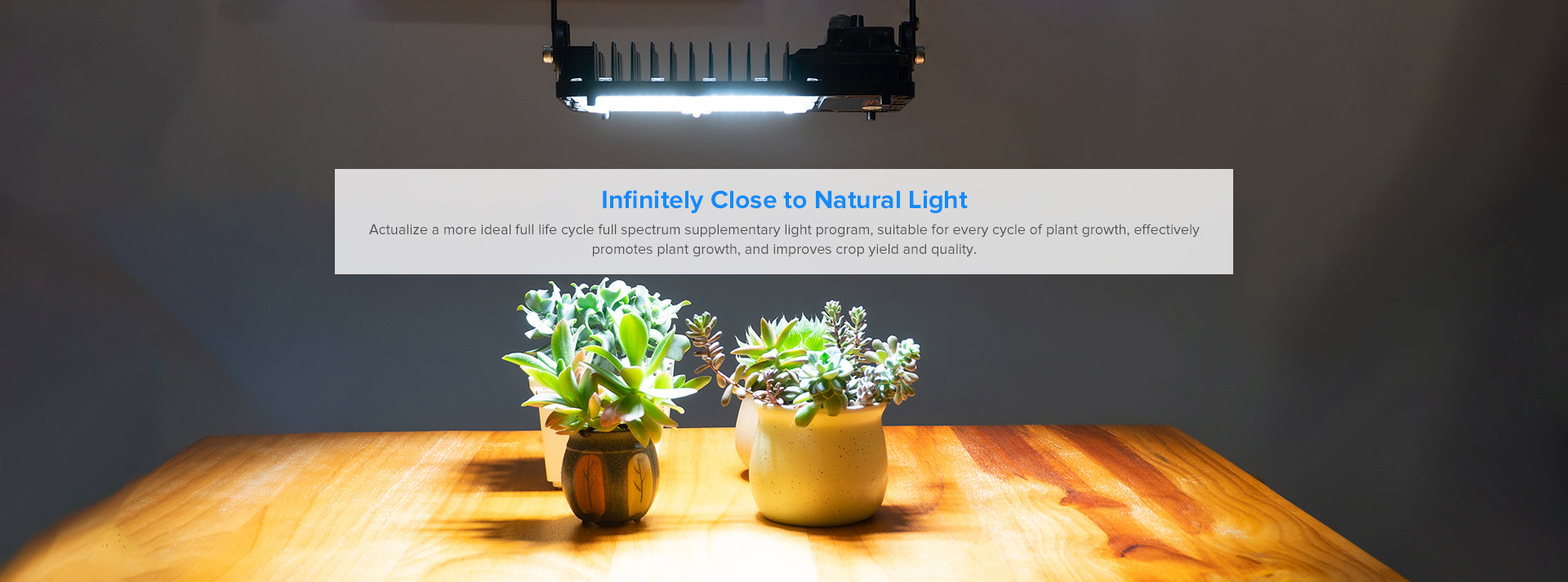
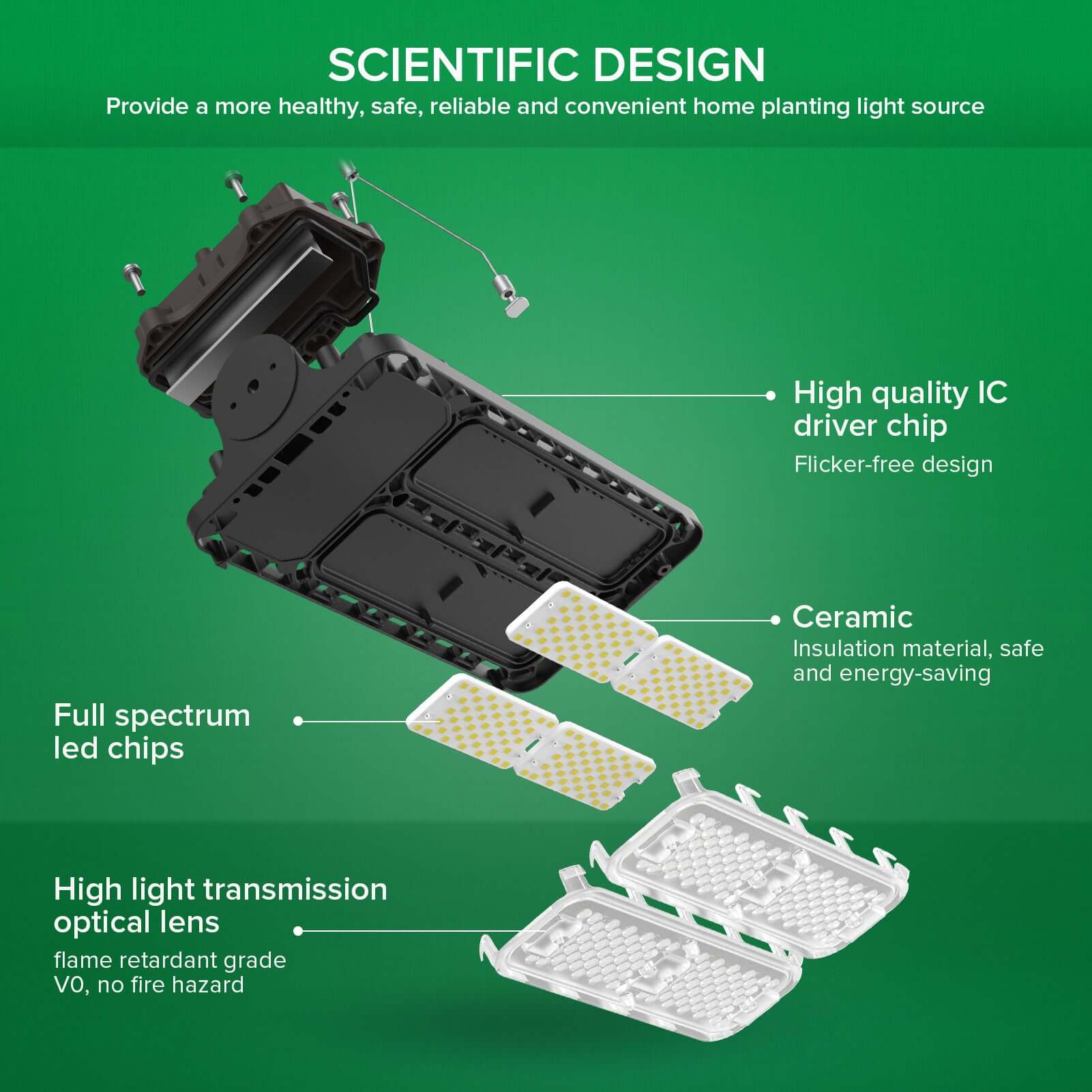
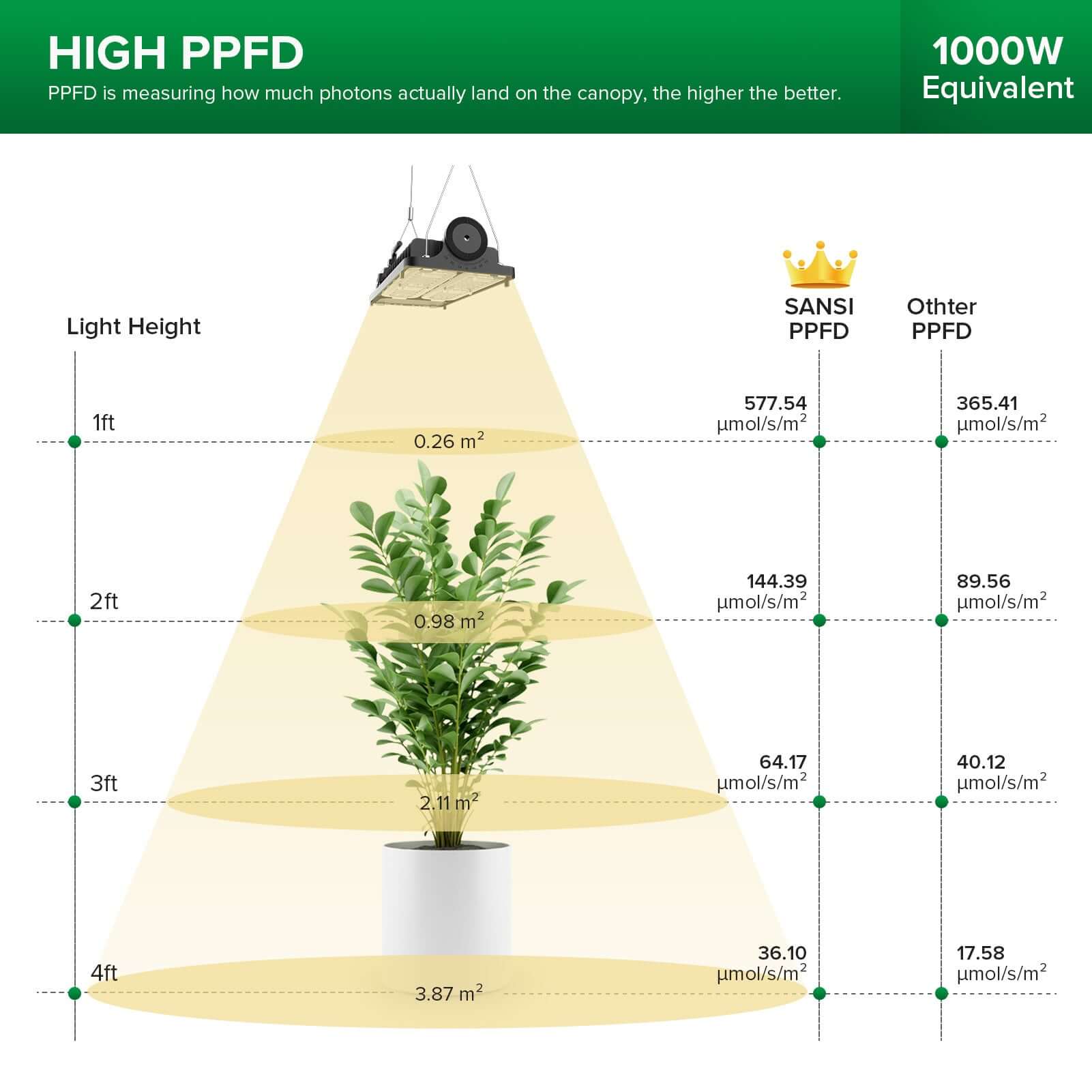
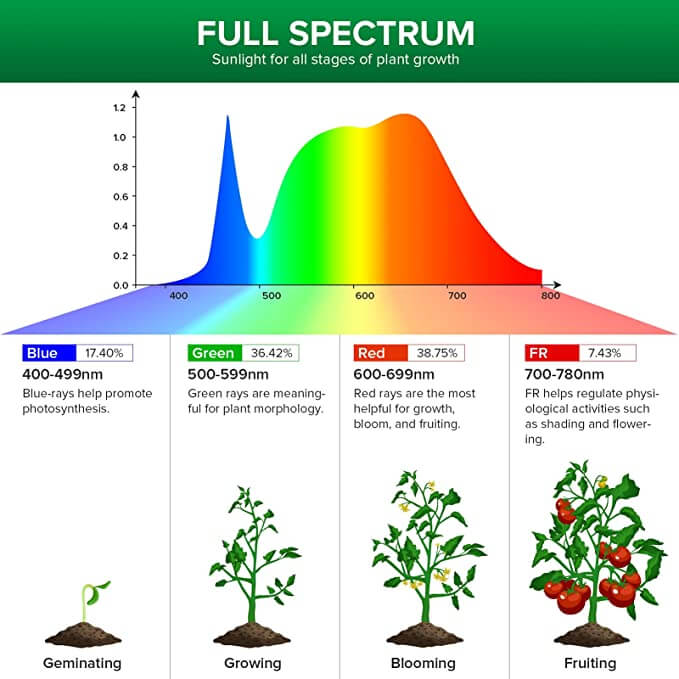
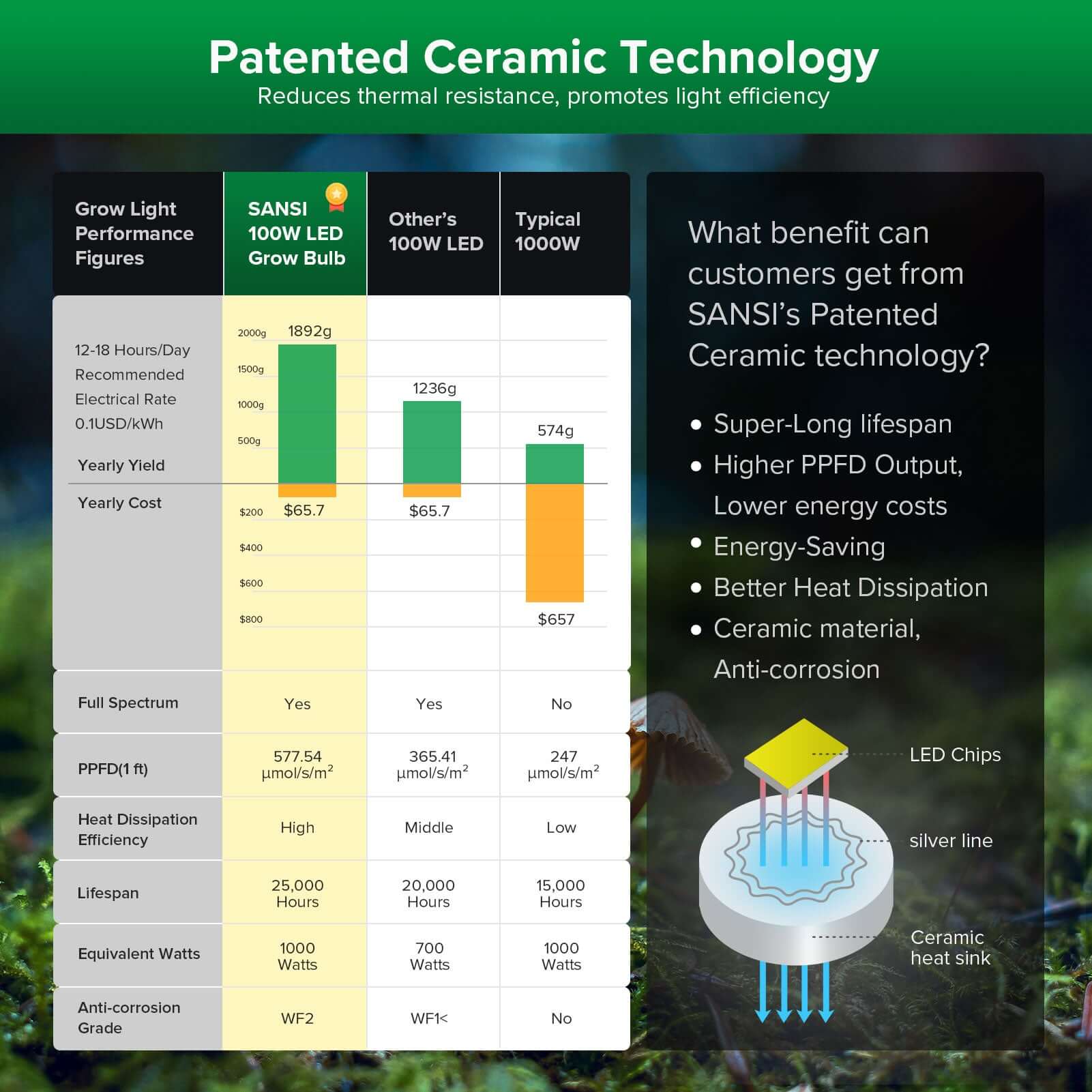
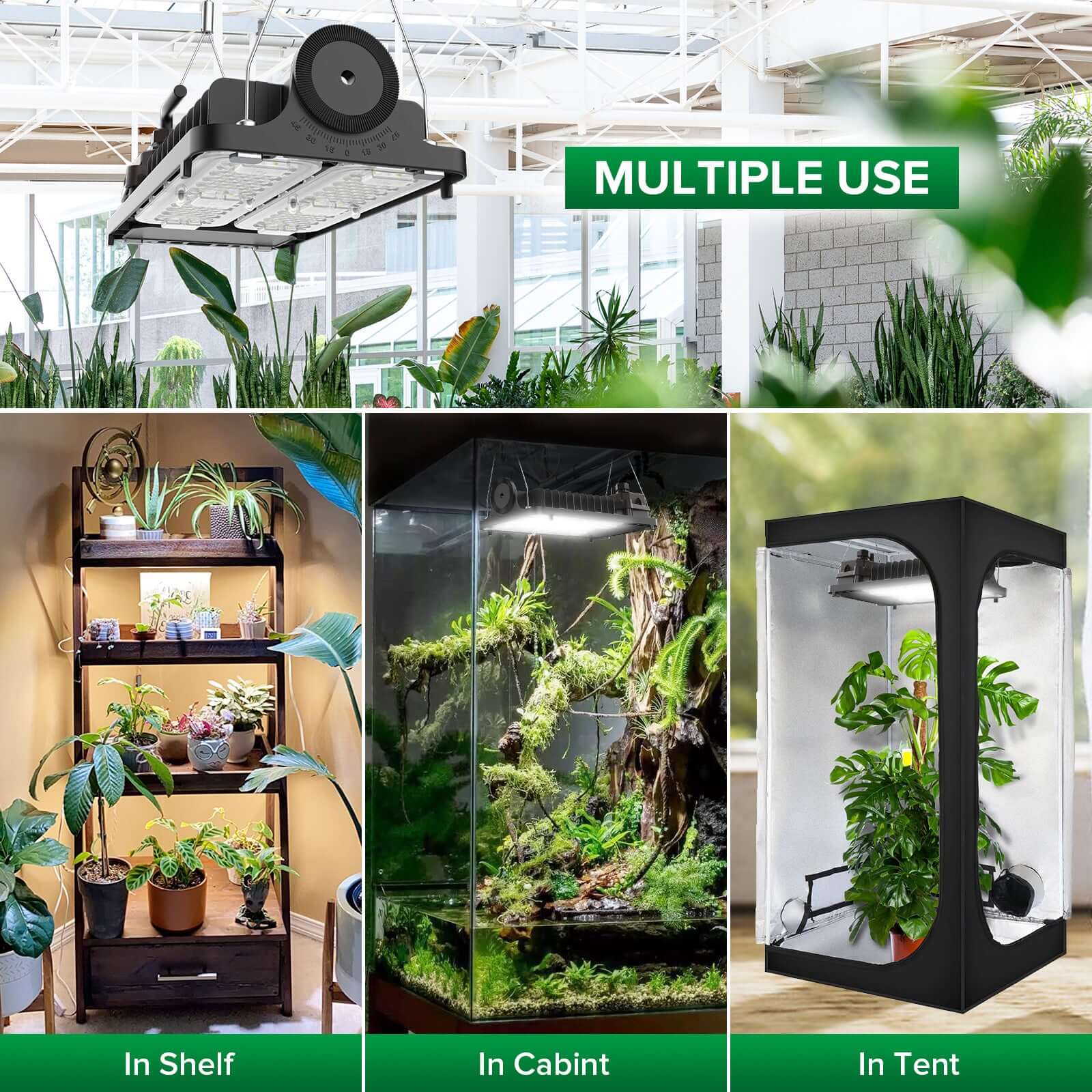
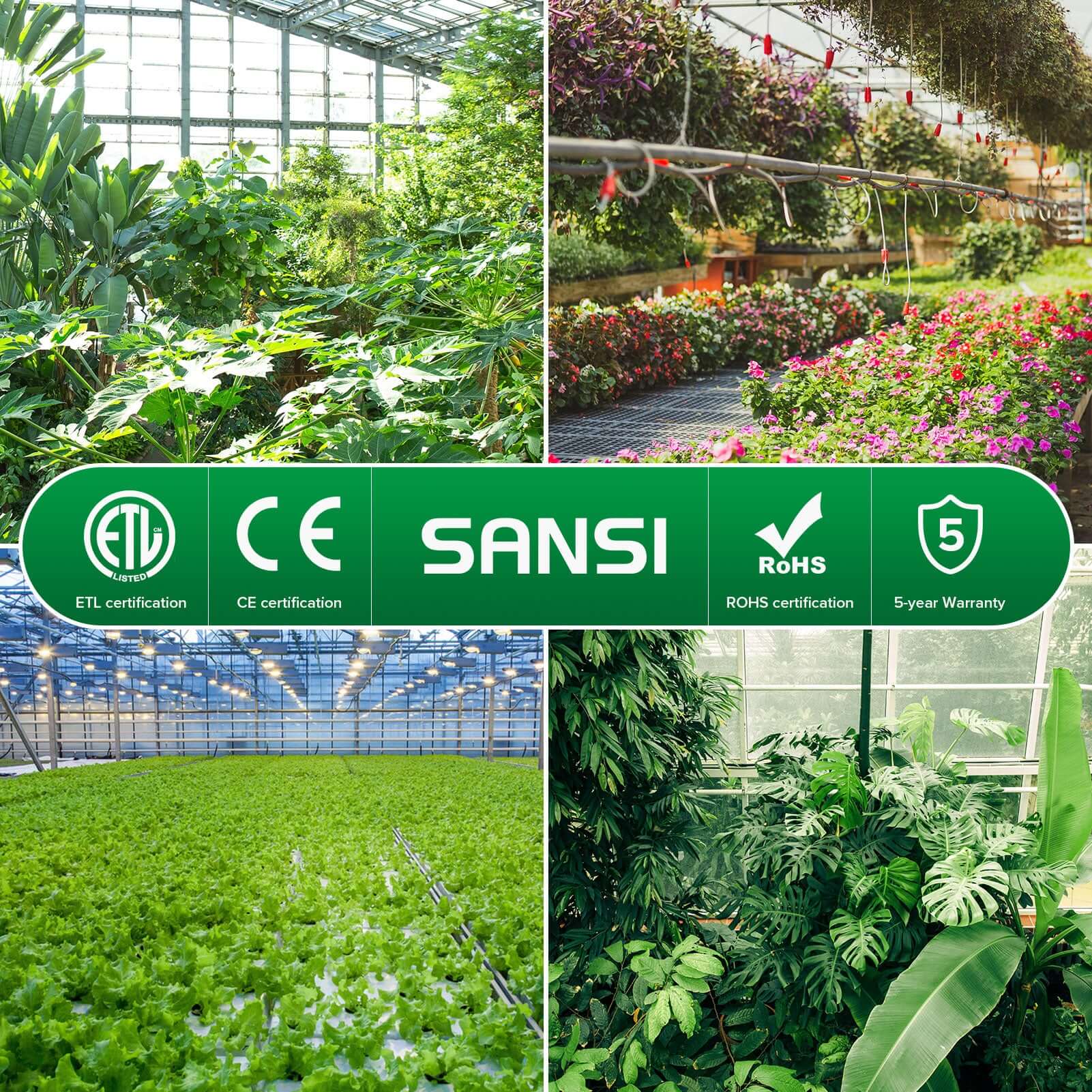
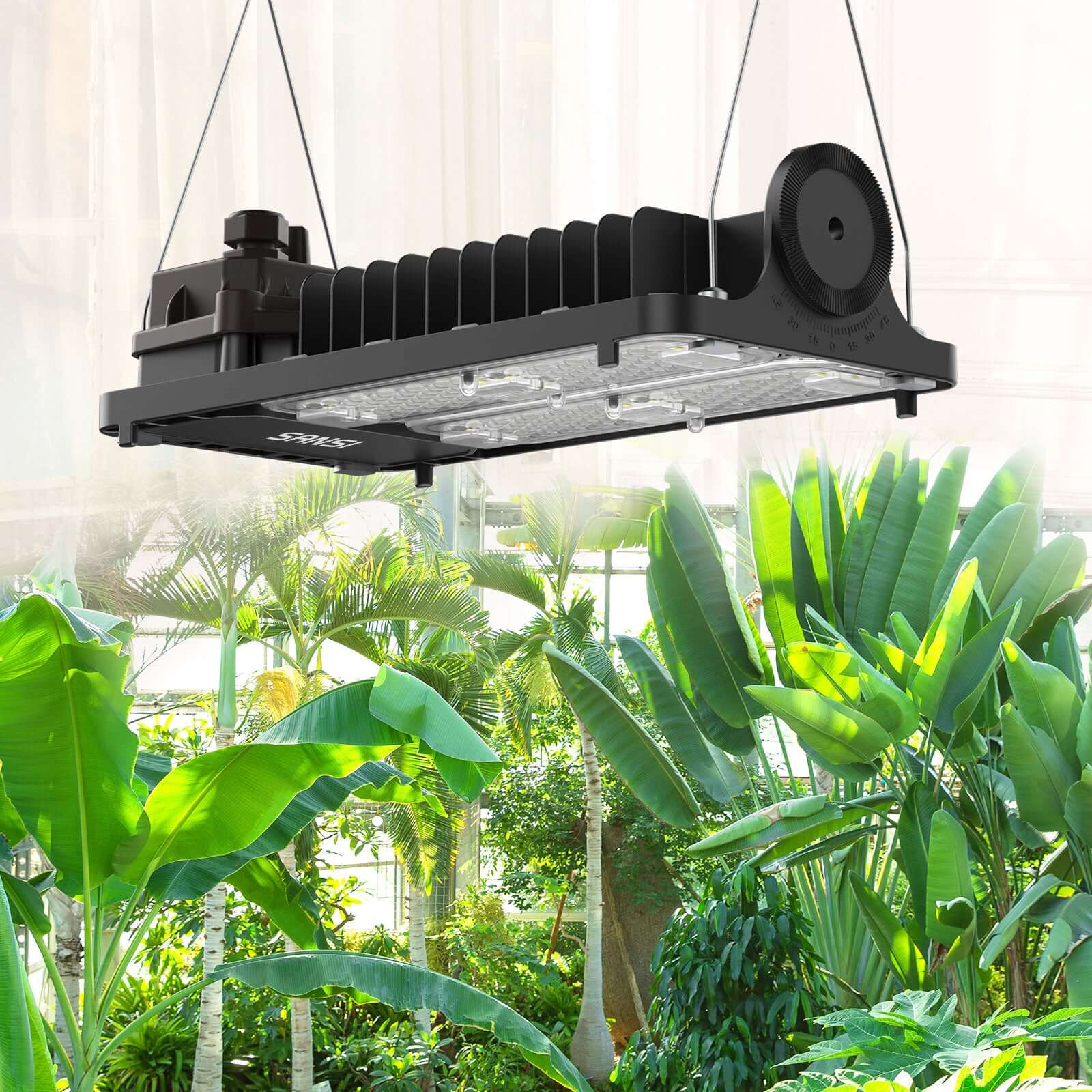
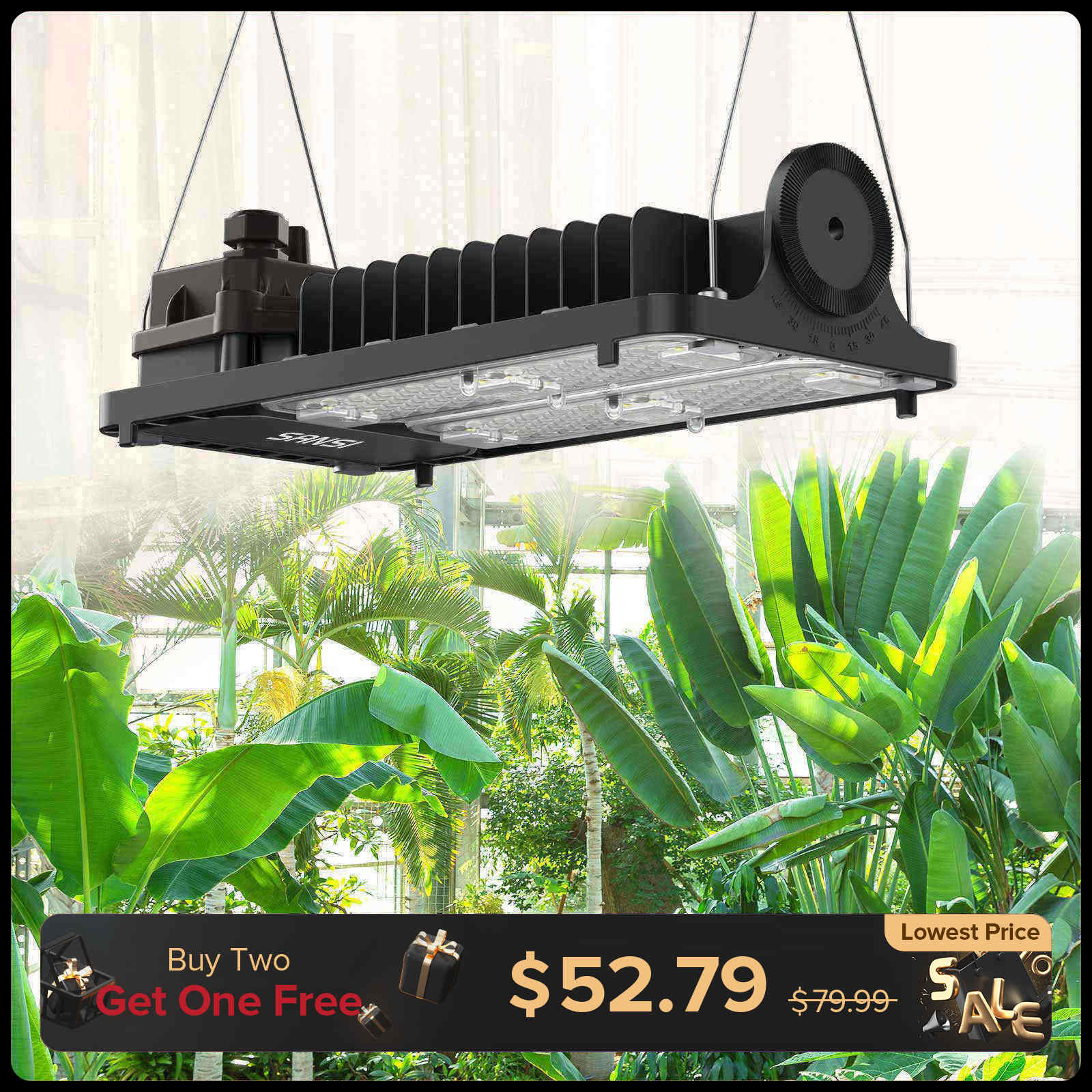
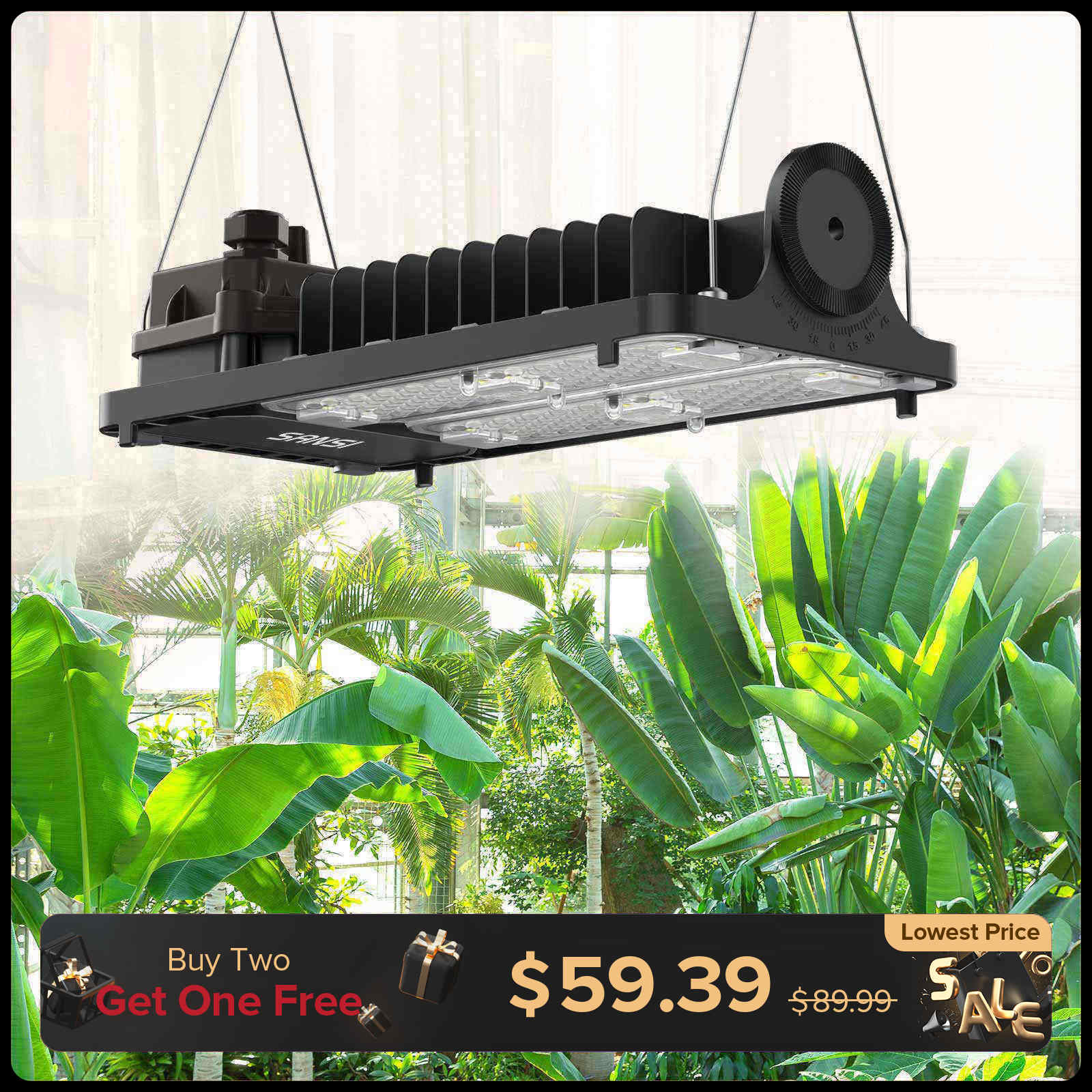
Dimmbares 100-W-LED-Wachstumslicht
SANSI LED-Wachstumslicht für Zimmerpflanzen, 1000 W LED-Wachstumslicht mit optischer Linse für hohe PPFD, energiesparendes, dimmbares Vollspektrum-Pflanzenlicht für die Aussaat und Aufzucht in 2 x 4/3 x 3 Fuß großen Wachstumszelten.
Select the pack size you want and select 3 for the quantity, the discount code will be automatically used.
Merkmale:
- Das sekundäre optische Design: PPF: 158 μmol/s, PPFD: 577,54 μmol/s/m² bei 30 cm. Durch die Linse für die sekundäre wissenschaftliche Lichtverteilung wird die Lichtausnutzung verbessert und Pflanzen erhalten mehr zusätzliches Licht. Der Stromverbrauch beträgt nur 100 Watt, was 1000-Watt-Glühbirnen entspricht. Bei einer täglichen Nutzung von 18 Stunden sparen Sie bis zu 90 % Strom. Die jährlichen Kosten betragen schätzungsweise 65,7 $.
- Imitiert das Sonnenspektrum: Realisieren Sie ein idealeres, lebenszyklusorientiertes Zusatzlichtprogramm, das das gesamte sichtbare Spektrum von 400 nm bis 780 nm abdeckt und für jeden Wachstumszyklus der Pflanze geeignet ist. Es fördert das Pflanzenwachstum effektiv und verbessert Ernteertrag und -qualität. Bei 4000 K Tageslicht liegt der Ra-Wert bei nahezu 100 und kommt damit dem natürlichen Licht unendlich nahe.
- Patentierte Keramiktechnologie: Chip auf Keramik. Die patentierte Technologie von SANSI ersetzt das herkömmliche Mcpcb-Aluminiumsubstrat durch einen nichtleitenden Keramikkühlkörper und lötet den LED-Chip direkt auf den Keramikkühlkörper. Dadurch wird der systematische Wärmewiderstand zwischen der LED-PN-Verbindung und der Oberfläche des Kühlkörpers effektiv reduziert, was zu einer schnelleren Wärmeleitung und höheren Produktzuverlässigkeit führt und eine SANSI-Glühbirne mit höherer Lichtausbeute erzeugt.
- Sicher und zuverlässig: Der Lampenkörper besteht aus speziellem Keramikmaterial und die Flammschutzklasse erreicht V0; das Design der verstärkten Isolierstruktur sorgt für mehr Sicherheit, da keine Gefahr eines Stromschlags besteht; das gesamte Gehäusematerial erreicht die Korrosionsschutzklasse WF2, die zuverlässiger und langlebiger ist; niedrige IR-Strahlung, weniger Wärmestrahlung, wodurch Verbrennungen von Pflanzen durch Einwirkung aus nächster Nähe vermieden werden.
- Garantien: ETL-gelistet und CE-zertifiziert, Qualität und Sicherheit geprüft, 25.000 Stunden Lebensdauer und 5 Jahre Garantie auf die Glühbirne.
Spezifikationen:
Artikelmodellnummer: C21GL-R08-100W
Leistung: 100W
Spannung: AC 120 V (USA) 220 V (EU/UK) 60 Hz
Ersatzleistung: 1000 W Glühlampe
Abstrahlwinkel: 90°
PPF: 158 umol/s
Produktgröße: L 9,29 Zoll x B 6,69 Zoll x H 4,6 Zoll
Gewicht: 3,43 lb
Leistungsfaktor: 0,5
Wie lange dauert es, bis meine Bestellung eintrifft?
Bei Expressversand dauert es 2 Werktage, nachdem Sie eine Bestellung aufgegeben haben und der Versand abgeschlossen ist. Bei Standardversand treffen die meisten Bestellungen 3-5 Werktage nach Versandabschluss ein.
Wir haften nicht für Lieferverzögerungen oder Verluste jeglicher Art, die durch unvorhergesehene und unkontrollierbare Umstände verursacht werden, wie z. B. nicht erreichbare Empfänger, ungültige Adressen, Wetterbedingungen, die die Zustellung beeinträchtigen, Verzögerungen bei der Zollabfertigung usw. In diesen Fällen wird SANSI sein Bestes tun, um die Kunden über die Verzögerung zu informieren und, falls möglich, neue Liefer-/Abholvereinbarungen mit einem voraussichtlichen Liefertermin zu treffen.

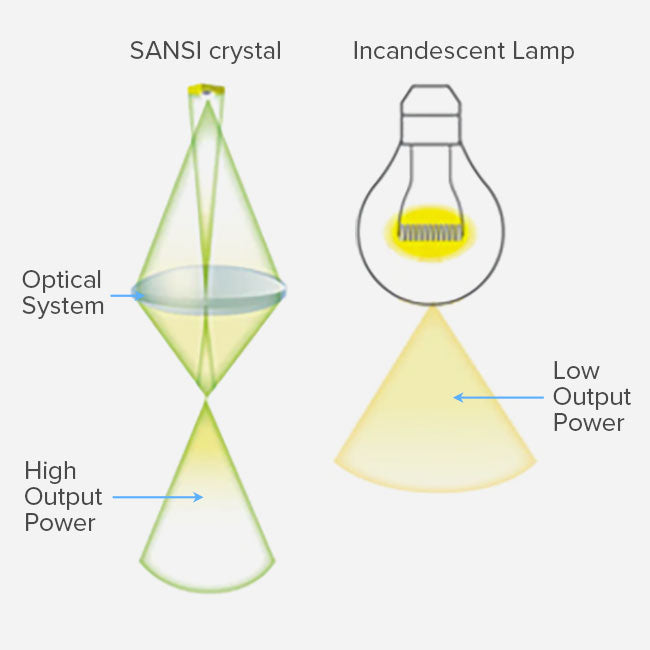
Ausreichend Licht bekommen
Durch das sekundäre optische Design erhalten Pflanzen mehr zusätzliches Licht und eine verbesserte Lichtqualität.
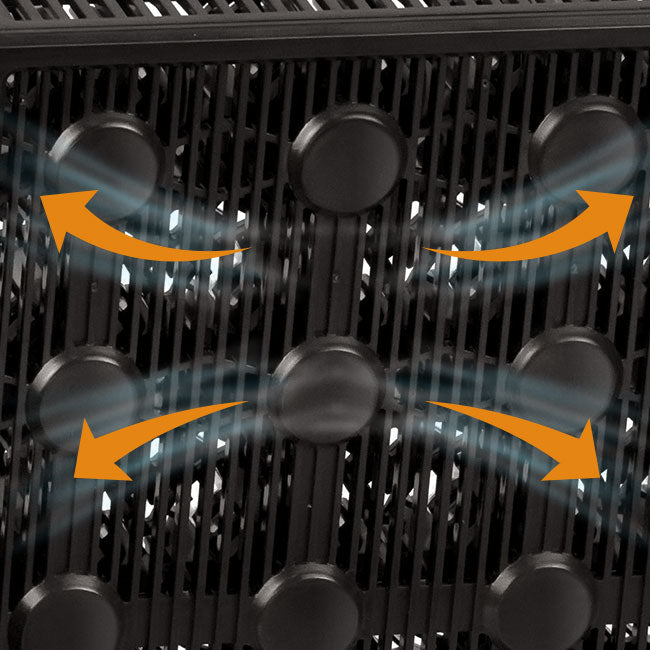
Schnellere Wärmeableitung
Die Arbeitswärme des Beleuchtungsgeräts wird durch natürliche Konvektion schnell an die Luft abgegeben, wodurch die Wärmeableitung schneller erfolgt und die Lebensdauer verlängert wird.
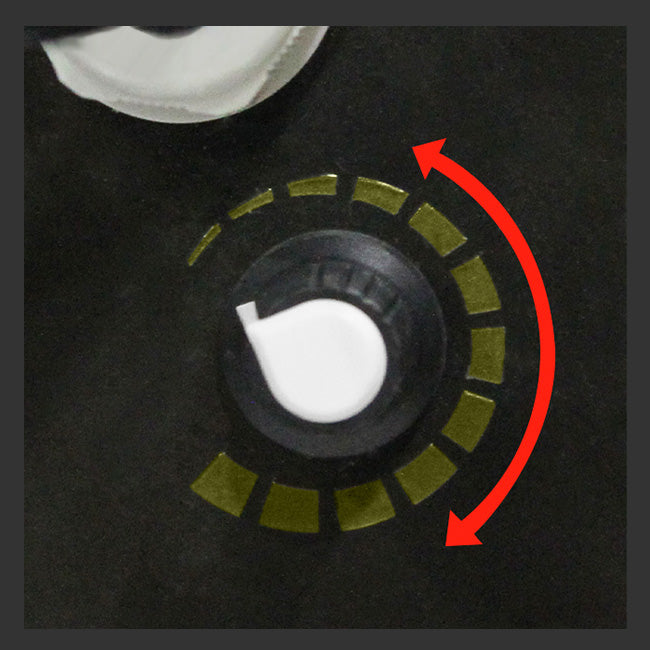
Dimmbare Funktion
Sie können die Helligkeit frei an die Bedürfnisse Ihrer Pflanzen für alle Wachstumsstadien und unterschiedliche Anwendungen anpassen.
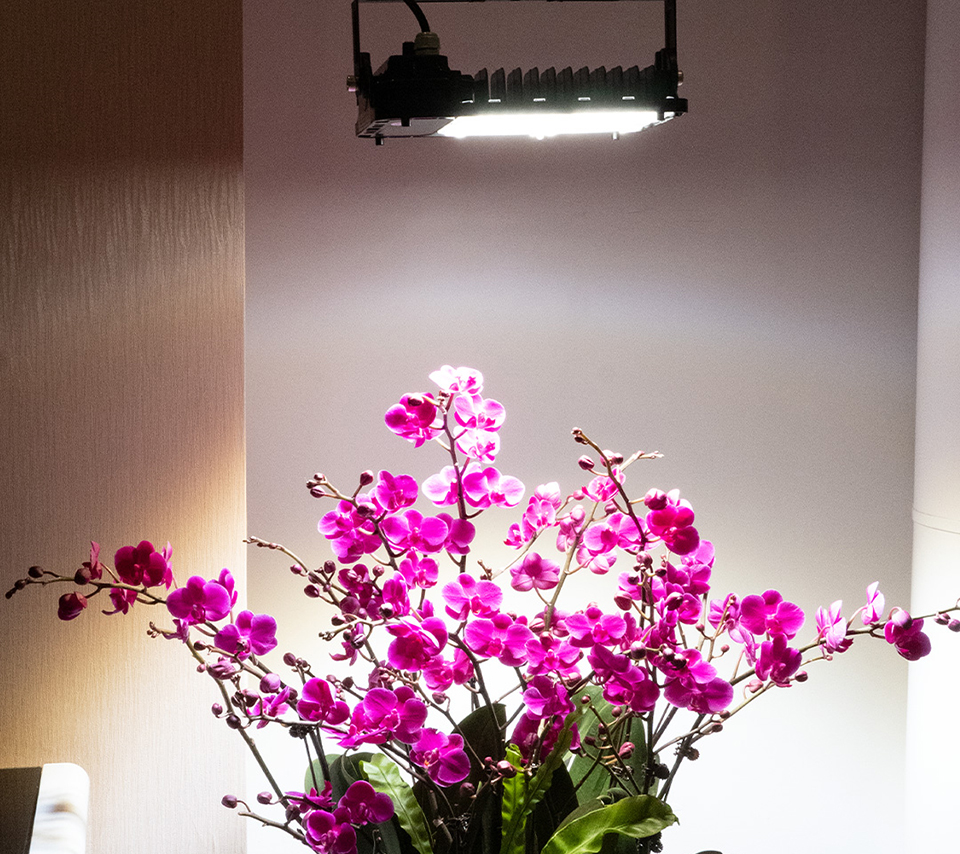
Hohe PPFD-Ausgabe
PPFD: 577,54 μmol/s/m² bei 30 cm. Bei Pflanzenlampen ist die Wattzahl nicht so wichtig wie man denkt, aber die Lichtintensität (PPFD) ist der wichtigste Faktor bei der Auswahl. Je mehr Licht die Pflanzen erreicht (μmol/m²/s, auch bekannt als PPFD), desto höher ist die Photosyntheserate. Für mittelgroße bis große Pflanzen ist diese Pflanzenlampe die erste Wahl.

